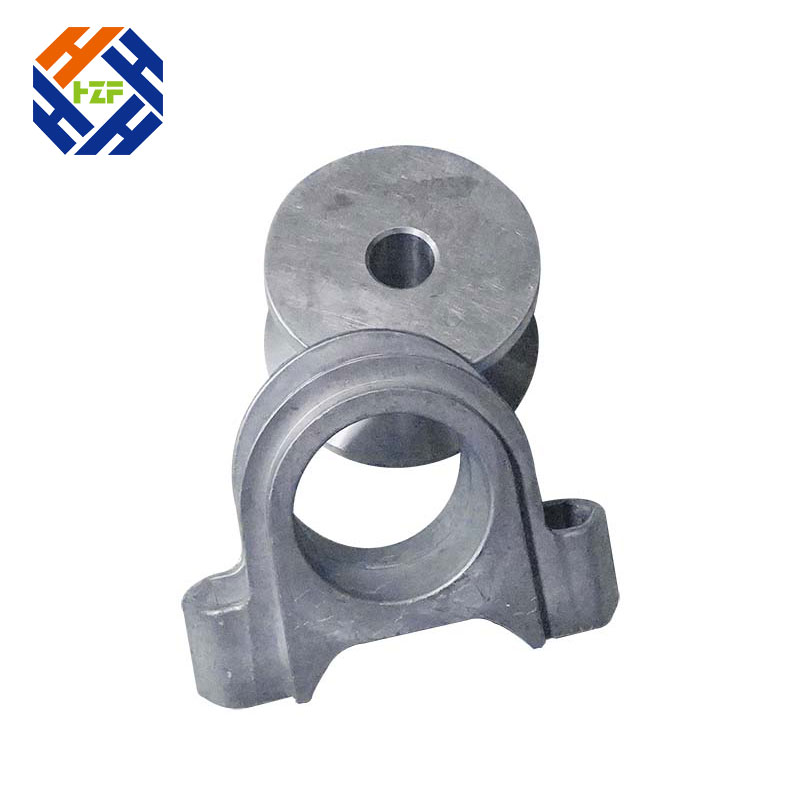Unveiling the Advantages of Aluminum Sand Casting for Rigging Hardware Manufacturing
2024-02-23
In the realm of rigging hardware manufacturing, selecting the most suitable production method is crucial to achieving optimal performance, durability, and cost-effectiveness. Among the array of manufacturing techniques available, aluminum sand casting stands out as a preferred choice for numerous reasons. In this blog, we'll delve into the distinct advantages of utilizing aluminum sand casting over other manufacturing methods when producing rigging hardware.
Precision and Complexity:
One of the primary advantages of aluminum sand casting is its ability to produce intricate and complex rigging hardware components with high precision. The sand casting process allows for the creation of detailed molds that can faithfully replicate intricate designs, internal features, and geometric complexities. Whether it's intricate shackle designs or precisely engineered eye bolts, aluminum sand casting can accurately capture the nuances of the desired rigging hardware components.
Cost-Effectiveness:
Aluminum sand casting offers significant cost advantages compared to other manufacturing methods, particularly for medium to large production runs of rigging hardware. The relatively low tooling and setup costs associated with sand casting make it an economically viable option for producing rigging hardware components in bulk. Additionally, the abundance and affordability of aluminum as a raw material further contribute to the cost-effectiveness of the sand casting process.
Versatility in Design:
Another compelling advantage of aluminum sand casting is its versatility in design flexibility. Sand casting allows for the creation of customized rigging hardware components tailored to specific customer requirements and applications. Manufacturers can easily modify mold designs to accommodate changes in geometry, dimensions, or functionality, making it ideal for producing a wide range of rigging hardware products, from hooks and shackles to turnbuckles and swivels.
Material Properties:
Aluminum sand casting offers rigging hardware manufacturers access to a material with exceptional mechanical properties ideally suited for the rigors of lifting, hoisting, and securing applications. Aluminum boasts a high strength-to-weight ratio, corrosion resistance, and durability, making it an excellent choice for rigging hardware components where lightweight, strength, and longevity are paramount. Additionally, aluminum's inherent malleability allows for easy customization and machining to meet specific performance requirements.
Shorter Lead Times:
Compared to other manufacturing methods such as forging or machining, aluminum sand casting typically boasts shorter lead times from design to production. The relatively simple tooling requirements and rapid mold-making process associated with sand casting enable manufacturers to quickly bring rigging hardware components from concept to completion. This shortened lead time can be particularly advantageous for meeting tight project deadlines and responding promptly to customer demands.
Conclusion:
In conclusion, aluminum sand casting offers a multitude of advantages for producing rigging hardware components compared to other manufacturing methods. From its precision and complexity capabilities to its cost-effectiveness, design versatility, and material properties, aluminum sand casting emerges as a reliable and efficient solution for meeting the diverse needs of the rigging hardware industry. By leveraging the benefits of aluminum sand casting, manufacturers can produce high-quality, customized rigging hardware components that excel in performance, durability, and value.


